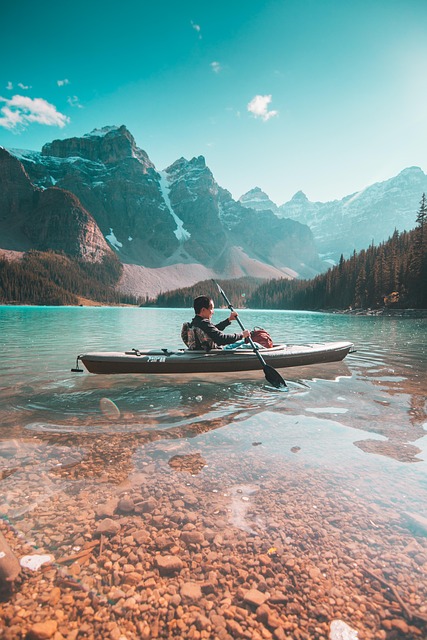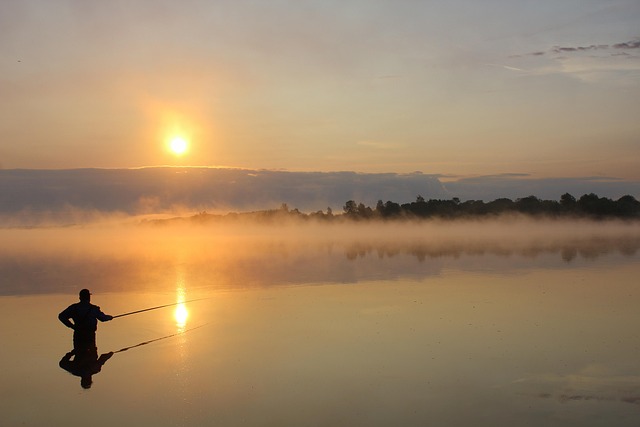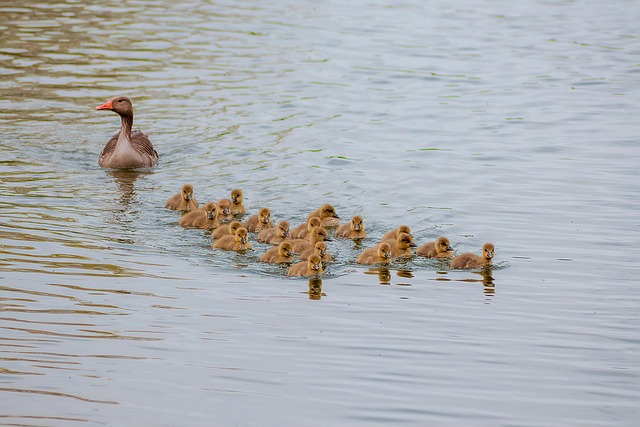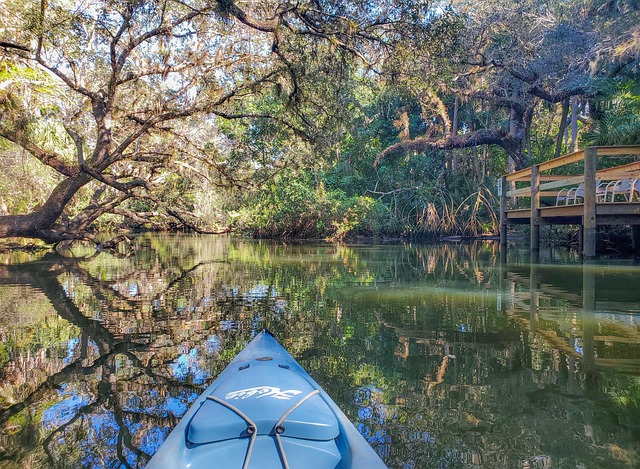Fishing piers and docks, beyond their primary function, serve as vibrant gathering spots offering scenic views and recreational opportunities. However, physical barriers exclude people with disabilities. Integrating accessible features, including lakeside picnic spots, can change this, allowing anglers of all abilities to enjoy the water, appreciate nature, and build shared memories, enriching local fishing culture and fostering a more diverse community. Lakeside picnic areas provide relaxation, recreation, and amenities, enhancing the overall fishing experience. Successful models like Lake Washington in Seattle and the Bay Area in California demonstrate the power of inclusivity. The future aims to create multi-sensory, accessible spaces with enhanced features and technology for all users.
In today’s diverse fishing community, ensuring accessibility for all is more than a preference—it’s a necessity. This article explores the growing importance of accessible fishing piers and docks, highlighting the benefits of lakeside picnic areas as inclusive spaces that cater to anglers of varying abilities. We delve into key design features for creating welcoming environments, share successful case studies, and discuss future trends shaping this inclusive movement. Discover how these efforts not only enhance the overall fishing experience but also foster a more diverse and welcoming outdoor recreation scene.
- The Need for Accessible Fishing Piers and Docks
- Benefits of Lakeside Picnic Areas for Fishers
- Designing Inclusive Spaces: Key Features
- Case Studies: Successful Accessible Fishing Locations
- Future Trends and Best Practices
The Need for Accessible Fishing Piers and Docks

In many communities, fishing piers and docks serve as more than just venues for catching fish; they are vibrant gathering spaces, offering scenic views and recreational opportunities. However, not all anglers can fully enjoy these areas due to physical barriers like steep ramps, narrow walkways, or limited accessibility for people with disabilities. This creates a significant gap, excluding a substantial segment of the fishing community from accessing their passion in equal measure. The need for accessible fishing piers and docks is paramount to ensure inclusivity and promote an enjoyable outdoor experience for everyone, including those using mobility aids or with visual impairments.
Lakeside picnic areas often complement these structures, providing additional recreational value. By integrating accessible features into the design of these areas, we can create inclusive spaces where anglers of all abilities can share a love for the water, appreciate nature, and build lasting memories. This not only enriches the local fishing culture but also fosters a more diverse and welcoming community.
Benefits of Lakeside Picnic Areas for Fishers

Lakeside picnic areas offer a multitude of benefits for fishers, enhancing their overall experience and enjoyment. These dedicated spaces allow anglers to combine their passion for fishing with a relaxing outdoor meal, providing a peaceful and scenic setting. With ample room for spread-out seating and extended fishing lines, picnicking areas cater to various angling preferences and skill levels.
Moreover, they encourage social interaction among fishers, fostering a sense of community and camaraderie. Equipped with tables, benches, and sometimes even shelters, these areas ensure comfort during all weather conditions. Lakeside picnic spots also contribute to environmental sustainability by encouraging responsible waste disposal and promoting a harmonious relationship between recreators and the natural surroundings.
Designing Inclusive Spaces: Key Features

When designing accessible fishing piers and docks, inclusivity should be at the forefront. Key features include wide, smooth paths for easy navigation in wheelchairs or with assist devices, and low-level handrails along the pier for balance and support. Adequate space between pillars and structures ensures comfortable passage for all users. Lakeside picnic areas with accessible tables and benches, as well as nearby accessible restrooms, enhance the overall experience. These considerations transform fishing piers into welcoming spaces for everyone, fostering a sense of community and connection to nature.
Case Studies: Successful Accessible Fishing Locations

Successful accessible fishing locations often serve as models for others, showcasing how to create inclusive outdoor spaces. One notable example is Lake Washington in Seattle, where the city has developed multiple docks and piers with specialized features like wide decks, ramp access, and designated seating areas for anglers with disabilities. These areas are further enhanced by nearby lakeside picnic tables, providing a comprehensive experience for all visitors. Another impressive case study is the Bay Area in California, where numerous community-led initiatives have led to the installation of accessible fishing piers, complete with fish cleaning stations and disabled-friendly restrooms. These efforts not only promote accessibility but also foster a sense of community among anglers of varying abilities.
Future Trends and Best Practices

As we look to the future, accessible fishing piers and docks will continue to evolve to cater to a diverse range of users. Incorporating features like adjustable height platforms, specialized equipment storage, and enhanced safety measures will ensure an inclusive experience for all. The trend towards creating multi-sensory environments, complete with scenic lakeside picnic areas, will also gain traction. These spaces not only promote relaxation but encourage a deeper connection with nature for anglers of all abilities.
Best practices in design will emphasize universality, ensuring that the fishing facilities are navigable and usable by individuals with various physical attributes. Incorporating tactile surfaces, clear signage, and wide pathways will enhance accessibility. Additionally, leveraging technology to provide real-time information on fish species, water conditions, and local regulations will empower anglers and foster a more enjoyable overall experience.
